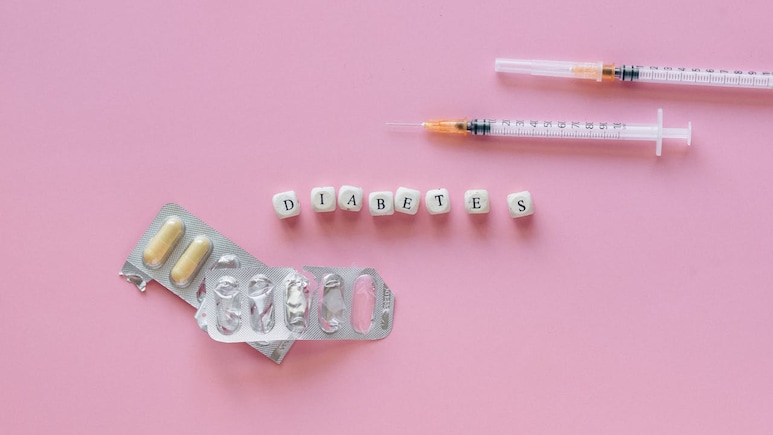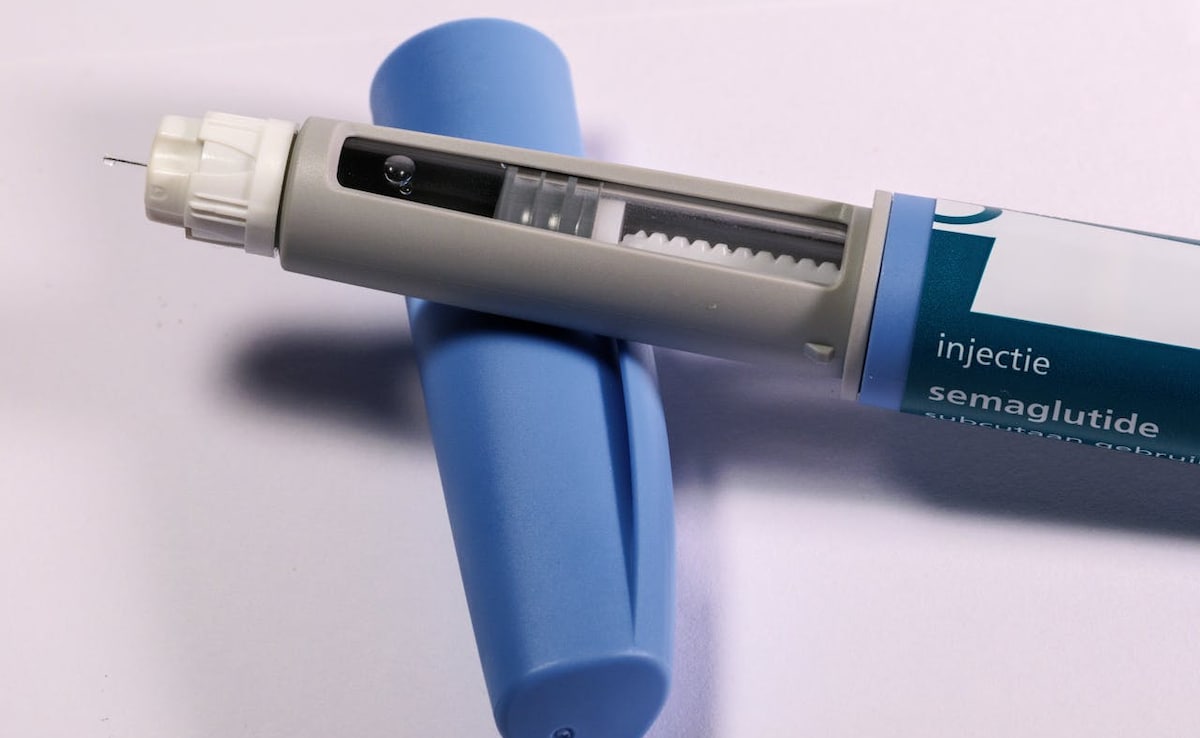
On 5 September 2025, the World Health Organization (WHO) updated its Model List of Essential Medicines (EML), a global benchmark guiding public procurement and insurance coverage in over 150 countries, by including a new class of breakthrough therapies for type 2 diabetes. These include GLP-1 receptor agonists: semaglutide (found in brands like Ozempic, Wegovy) and tirzepatide (in Mounjaro, Zepbound). The inclusion targets patients with type 2 diabetes complicated by obesity, cardiovascular disease, or chronic kidney disease. The WHO highlighted that high retail prices of these drugs currently restrict access, and by adding them to the EML, it hopes to stimulate generation of affordable generics, especially as patents expire in countries like India, Canada, and China. Semaglutide alone has been estimated to be mass-produced generically in India for as little as $4 per month.
The decision specifically does not extend to treating obesity alone, despite GLP-1 drugs gaining fame for weight-loss; the WHO maintains a narrow indication, focusing on diabetes with comorbidities. The updated 2025 EML now includes 523 adult medications and 374 for children, a major step in expanding global access to vital, life-changing medicines.
What Are These Drugs And How Do They Work?
Semaglutide
A glucagon-like peptide-1 (GLP-1) receptor agonist, semaglutide mimics the naturally occurring hormone GLP-1 to increase insulin release, curb appetite, slow gastric emptying, and lower blood sugar. Sold under brand names such as Ozempic and Rybelsus (for diabetes) and Wegovy (for weight management), it offers both injectable and oral formulations. Initially approved in the US in 2017, it has rapidly become a prescribed staple, ranking 19th in 2023 with over 25 million prescriptions.
Tirzepatide
A next-generation dual GIP (glucose-dependent insulinotropic polypeptide) and GLP-1 agonist, tirzepatide enhances insulin sensitivity and achieves stronger glycaemic control and weight loss than semaglutide. Clinical trials like SURPASS-2 found reductions in HbA1c of up to 2.3%, plus significant insulin resistance improvement. Known commercially as Mounjaro for diabetes and Zepbound for obesity, it was launched in India in early 2025, joining a growing market of GLP-1 therapies.
Why Do These GLP-1 Drugs Matter
Both drugs have demonstrated cardiovascular benefits: semaglutide lowers risks of hospitalisation or death among heart patients, while tirzepatide shows enhanced outcomes in glycaemic control and weight reduction. Such benefits make them highly valuable in treating the growing dual burden of diabetes and obesity in India, where prevalence rates are soaring.

Photo Credit: Pexels
In the U.S., annual retail costs of GLP-1 therapies hover around $6,000-$8,000, posing substantial affordability challenges. The WHO's inclusion signals a shift toward accessibility. Generics produced in India could cost as little as $4/month-dramatically improving potential reach in public health settings. India's recent approval of tirzepatide further opens doors for local production and broader coverage.
Global Risks: Counterfeits And Demand Pressures
The popularity of these drugs has led to alarming trends in counterfeit products sold online, a serious public health risk. Regulatory bodies like EMA and FDA have issued warnings about fake Ozempic, Mounjaro, and other GLP-1 drugs being sold without proper oversight, with risks of contamination and treatment failure. Patients are urged to buy only through licensed pharmacies with valid prescriptions.
Indian healthcare systems, public and private, must prepare for generics production, integrate these drugs into diabetes care protocols, and monitor outcomes. Policies around pricing, insurance coverage, and clinical guidelines will be critical to ensure safe, equitable access. Additionally, India could leverage its strong pharmaceutical manufacturing base to serve both domestic needs and underserved global markets.
By adding semaglutide and tirzepatide to its Essential Medicines List, WHO has sent a clear message: these drugs are not luxury weight-loss therapies. They are critical tools against type 2 diabetes and its complications. For India, this could mark the beginning of affordable, scalable access to groundbreaking treatments, if paired with policies that ensure safe, evidence-based use.
Disclaimer: This content including advice provides generic information only. It is in no way a substitute for a qualified medical opinion. Always consult a specialist or your own doctor for more information. NDTV does not claim responsibility for this information.
References:
World Health Organization. (2025, September 5). WHO updates list of essential medicines to include key cancer, diabetes treatments. Geneva: WHO.
International Diabetes Federation (IDF). (2025, September 5). WHO adds GLP-1 therapies and rapid-acting insulins to Essential Medicines List.
World Health Organization. (2025, September 5). Model List of Essential Medicines.
Track Latest News Live on NDTV.com and get news updates from India and around the world

